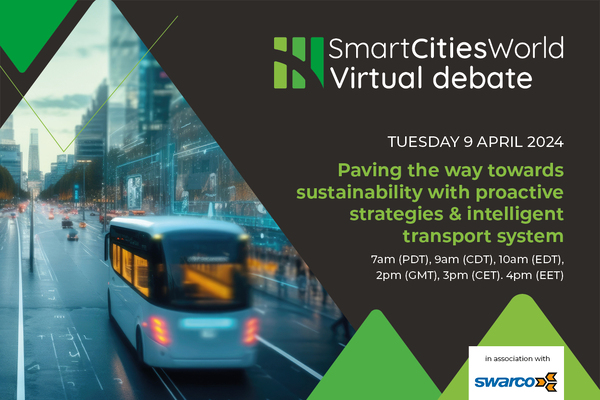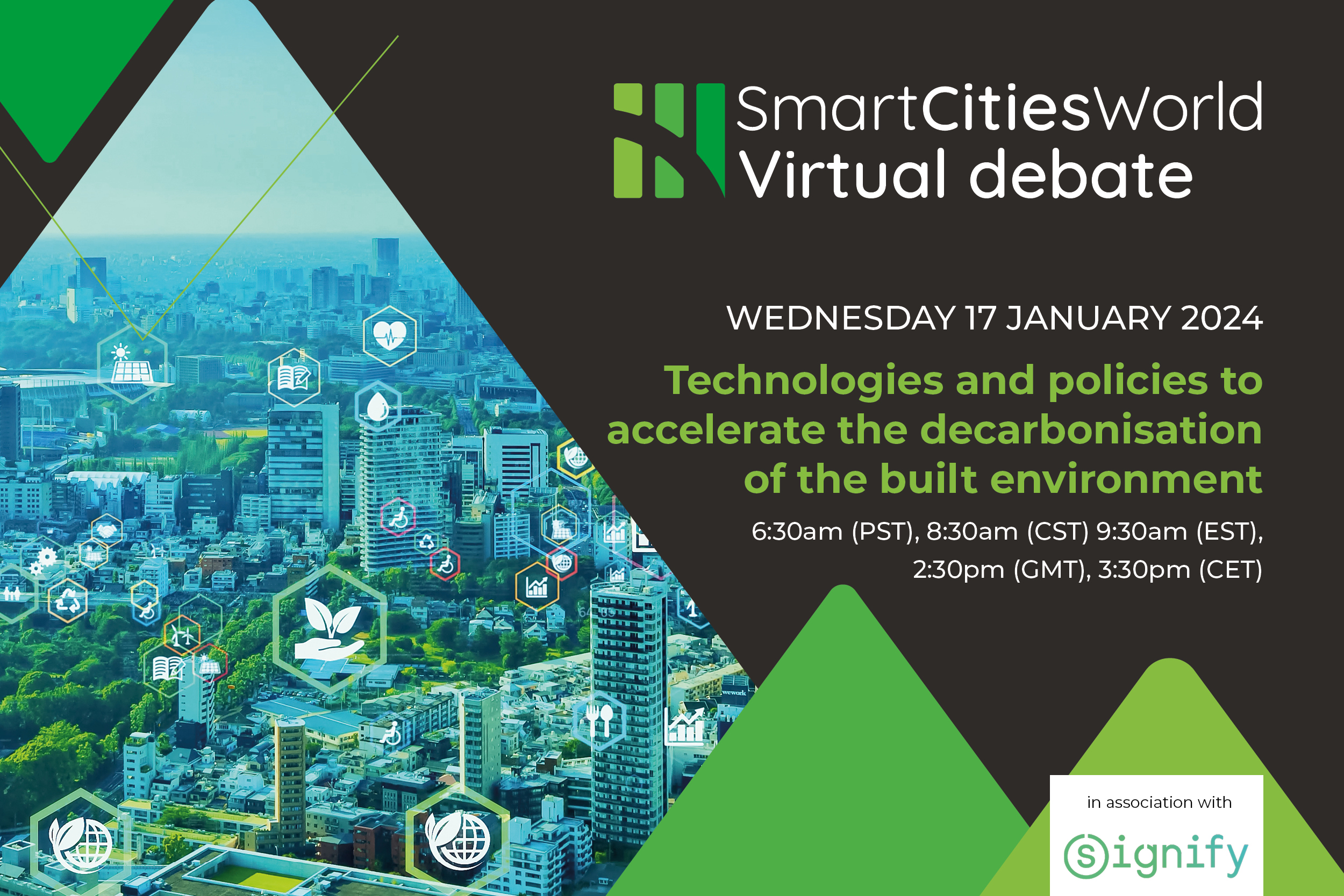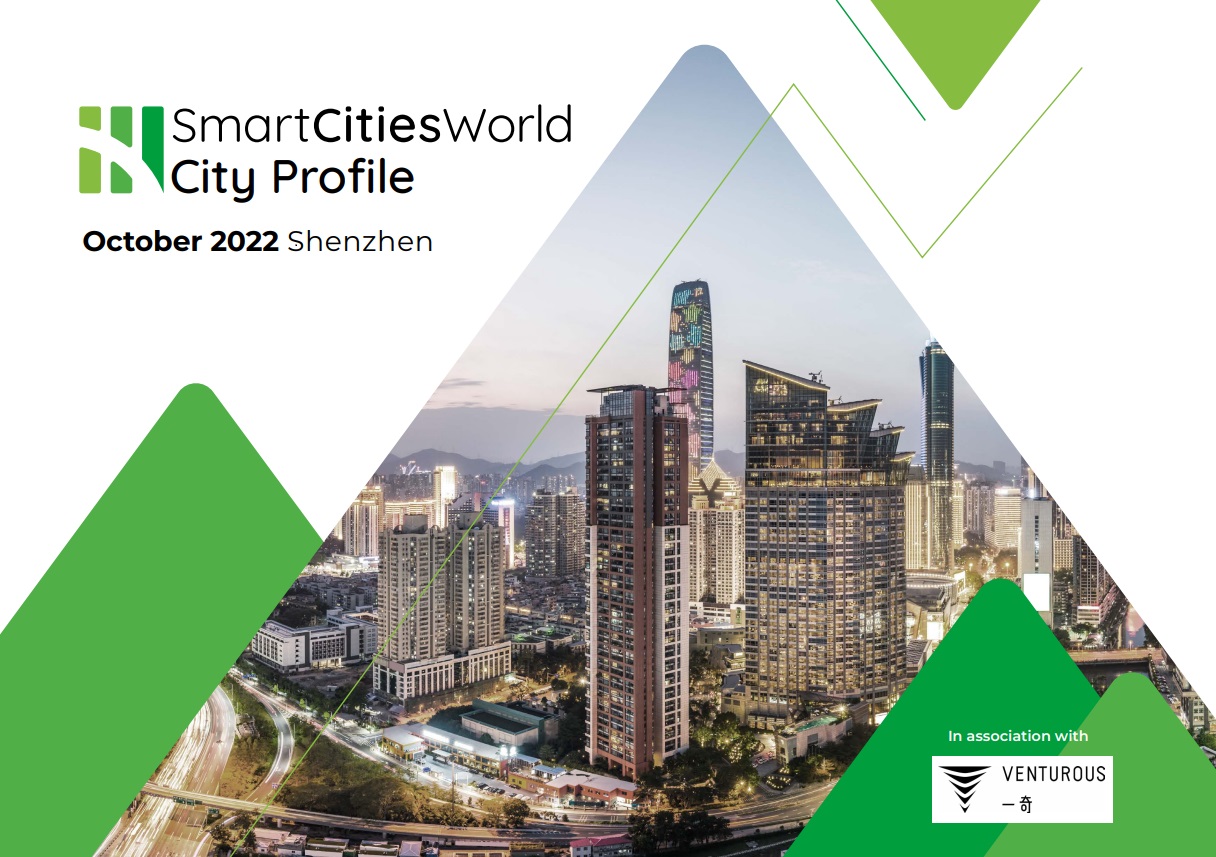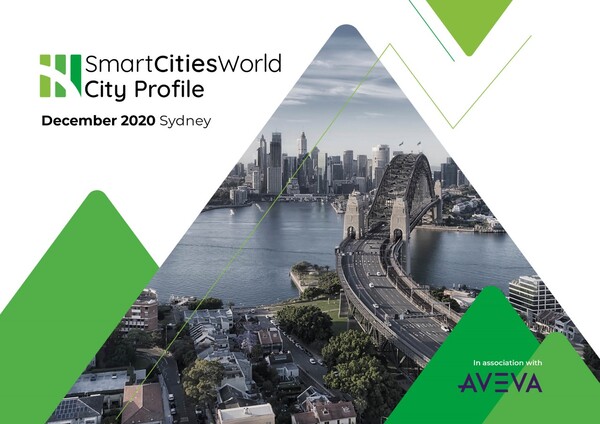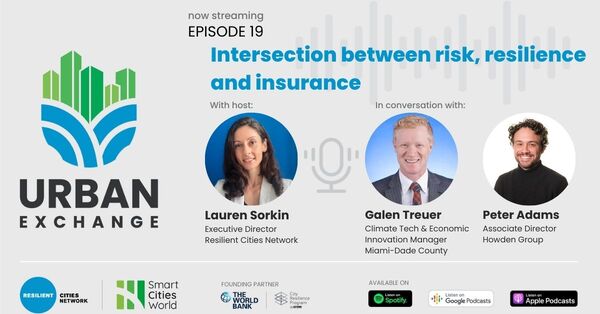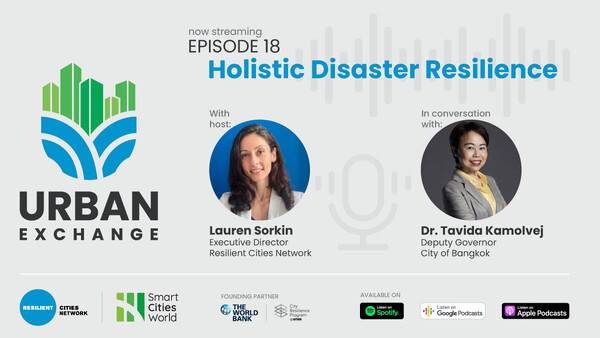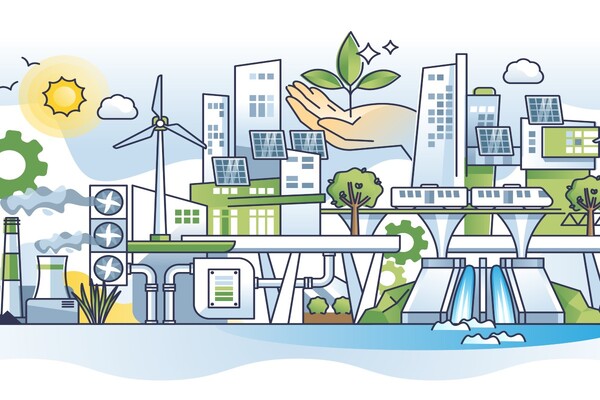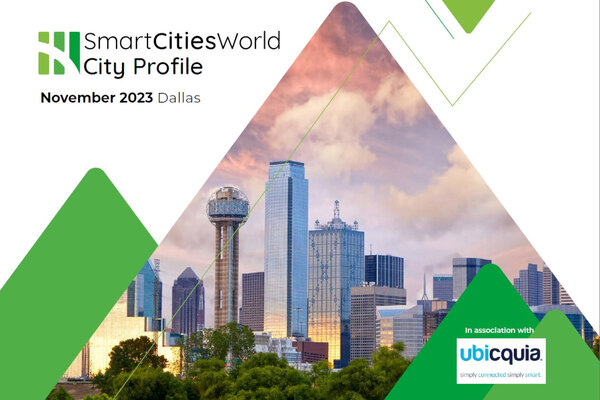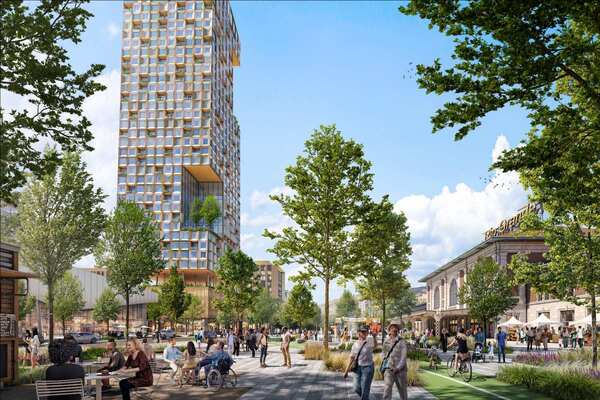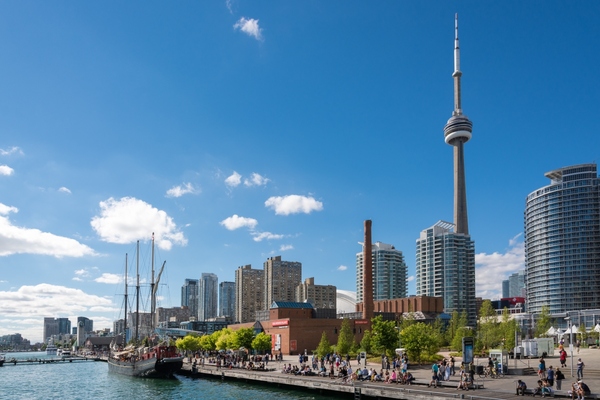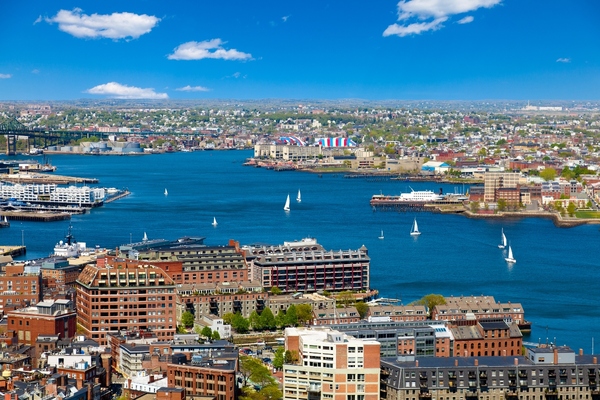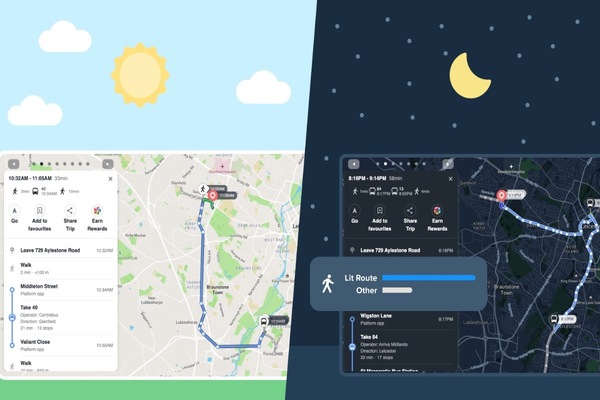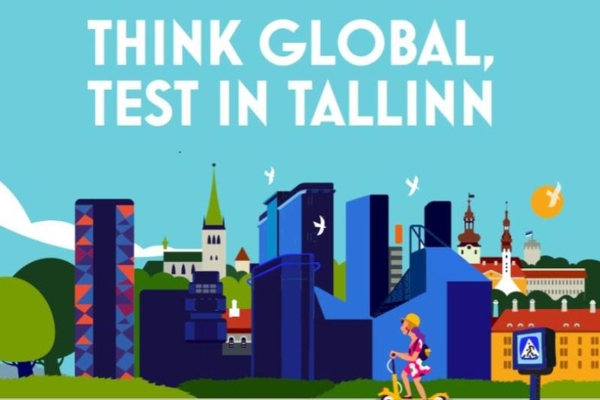Special Reports
SusHi Tech Tokyo 2024: experience ‘Tokyo 2050’ todaySponsored by The SusHi Tech Tokyo 2024 Showcase Program Executive Committee
Towards the smart cities of 2025
From tech trends to behavioural shifts and new ways to make smart cities economically sustainable, Matthew James Bailey explores what the next five years could look like.

The drive for smarter cities is growing exponentially as municipalities tackle critical challenges in areas such as public and environmental health, safety and security, mobility and more.
We are already seeing the IoT revolution delivering on its promise, with solutions being deployed for waste management, air quality improvement, gunshot detection, asset tracking, fleet management, flood detection, parking management and more. There are even niche deployments such as the monitoring of ultraviolet radiation in warm climates. Based on these sensors, the ‘data revolution’ is beginning to improve quality of life in our communities.
However, it’s still early days and even bigger shifts are coming. These are the key trends I believe will have a significant impact by 2025.
Change within local government
We will start to see a new entrepreneurial mindset in city, regional and national government as ’wicked’ challenges increase.
Many cities are already starting to recognise that having city-wide data platforms will be key to optimising delivery of public services and that this requires governmental departments to collaborate better around robust cybersecurity and data governance policies.
Increasingly, though, forward-thinking jurisdictions will recognise that some challenges do not obey city boundaries and as such we will see the rise of the smart region, using cross-region data platforms and solutions for issues such as traffic congestion, resilience, disaster preparedness and emergency services.
This will require a fresh understanding of how to deliver public services effectively and require inter-city alliances and coalitions.
Death of the proof of concept?
Living labs and testbeds will become a standard urban digital transformation innovation model. This will result in more robust validation of technologies and solutions and faster scaling of them across cities and regions.
Isolated proof of concepts (PoCs) could become redundant as cities and regions start to use supercomputers to model urban challenges, allowing a unique insight into which solutions will deliver the required impact. In combination with living labs, this will result in more rapid and cost-effective digital transformation.
Living labs and testbeds will become a standard urban digital transformation innovation model.
As some cities in developed nations struggle with digital transformation due to legacy systems, lack of funding and internal cultural challenges and politics, developing nations and smaller regions could start to move faster as they embrace change and welcome novel approaches and partnerships.
I also believe smart rural and mountain alliances will become just as popular as today’s smart city alliances, and these stakeholders will increasingly be included in regional and national digital transformation. This shift will be driven by a growing recognition that success is not measured solely in monetary terms but also through the inclusion of traditionally marginalised communities.
Technological disruption
These are my quick-fire predictions for some big tech shifts we will see by 2025.
- Smart cities will have widely deployed IoT solutions as part of public service provision, alongside edge computing, hybrid computing and advanced analytics. Cities will start to use local data centres as part of their resilience and performance strategy. This will create an ICT framework that supports the delivery of future-ready digital services, helping cities to remain competitive as urban populations increase.
- We will see more of a concentrated effort by government, cities and regions to use the latest best practices and have a roadmap-based approach to emerging standards for cyber-attack detection and recovery. All smart city service providers will be forced to comply with defined cyber-security standards as part of the procurement process as cities seek to better protect themselves.
- Edge computing will develop an enabling framework for mobile assets such as drones and connected cars, meaning they will become more visible and integrated into public and private services.
- The term ‘carbon neutral’ will become common for cities, regions and nations and we will see smart grids and regional resilience being integrated into smart city ecosystems.
- More renewable energy will be generated locally, boosting resilience, improving the local environment and enabling cities to explore new revenue models. Electric vehicle (EV) charging stations will become widespread and more common at petrol and gas stations and malls, stimulating the uptake of EVs.
- We will start to see cities owning fibre as a fundamental part of innovation and digital transformation to deliver the next generation of public services, stimulate economic development and bridge the digital divide.
- NB-IoT and low-power wide-area networks (LPWANs) will become more widely deployed as IoT solutions deliver effective smart city services. We will start to see more large-scale deployment of these connected devices and sensors.
- 5G will begin to prove initial use cases such as ‘fibre over the air’ and faster performance of services at the edge such as connected cars, drones and other mobile assets within cities and regions. Wireless providers provisioning 5G will have to engage better with communities and cities as deployments start to affect the visual urban landscape.
- Telcos will invent new technologies for fibre-based ICT architectures to disrupt 5G. This will enable smart city services to be run without disturbing the aesthetics of the urban landscape.
- Digital twin technology will become more common as cities begin to recognise the importance of this data to increase automation and enable new data economies and revenue streams. Digital twins will provide a pathway to ‘digital citizens’ – digital intelligences based on artificial intelligence (AI) technologies and tasked to deliver the next generation of individual and community digital services and experiences.
- Cities that have a robust edge compute strategy and data governance policies will get ahead of other cities relying solely on the cloud. As such, a handful of forward-thinking cities will transition away from the limited impact of IoT v1 (the built environment listens) and explore IoT v2 (the built environment listens and automatically interacts with communities and citizens). An example could be related to managing traffic across a region. Digital intelligences located at the edge operating across an entire jurisdiction and region could ensure that traffic flow is optimised and automatically managed with little human oversight – a ’digital traffic controller’, you could say. In the case of an accident, these edge digital intelligences would detect and automatically schedule delivery of emergency assets and services to any specific location.
- Smart city crypto and digital currencies will become popular as communities start to redefine trade and the exchange of goods and services. This will force change within existing financial systems.
- The environment, sustainability and food security will become prominent themes. The majority of cities have their own climate action plan. We will start to see local food production within jurisdictions, including community gardens, resulting in healthier eating and fewer carbon emissions.
- We will also start to see more carbon sequestration within cities to absorb emissions and reduce temperatures. Greenfield developments will leverage the latest in sustainable building materials and could act as a proving ground.
- Self-driving trucks and other forms of autonomous transport will start to become widely accepted by society and government. The connected car may become successful before the self-driving car in order to enable existing vehicles, both old and new, to operate within a common transportation, mobility and safety framework. Cities will trial new forms of business models for vehicles, such as paying for fast-moving lanes.
Data ownership
Data ownership will become more prominent in local and global discussions as new approaches are explored regarding citizens owning their data. Smart cities are likely to be chosen as the right market to trial new data-ownership frameworks, opening the way for new data economies, services and experiences.
Many corporations will be forced to adapt and change their approach to data ownership if they do not wish to be left behind. As AI evolves, global debate will emerge about AIs becoming ‘citizens’ within society.
Smart city ROI
The private sector will realise that the traditional sales methodology has to change in order to successfully develop revenues in the smart city market. Their mindset will adapt to a longer-term view and become more collaborative.
The private sector will participate in more public-private partnerships with city and regional stakeholders and we will start to see how corporations will economically benefit from this approach.
We will see a fresh approach to funding smart city initiatives with new players at the table, such as ‘impact investors’.
A fresh approach to funding smart city initiatives will also emerge, with new players at the table, such as ‘impact investors’ – financial organisations dedicated to stimulating social and environmental improvements. This will include new funding models where real-time data shows the value of an investment at any moment in time. This could open the opportunity for new data-based investment bonds and possibly carbon and sustainability trading exchanges.
Crucially, I believe that citizens will finally get a seat at the smart city table, thanks to the emergence of new frameworks and tools to enable them to co-create the experiences they desire within their neighbourhoods.
What do you think are the key trends to look out for and what impact will they have by 2025?
You might also like:
